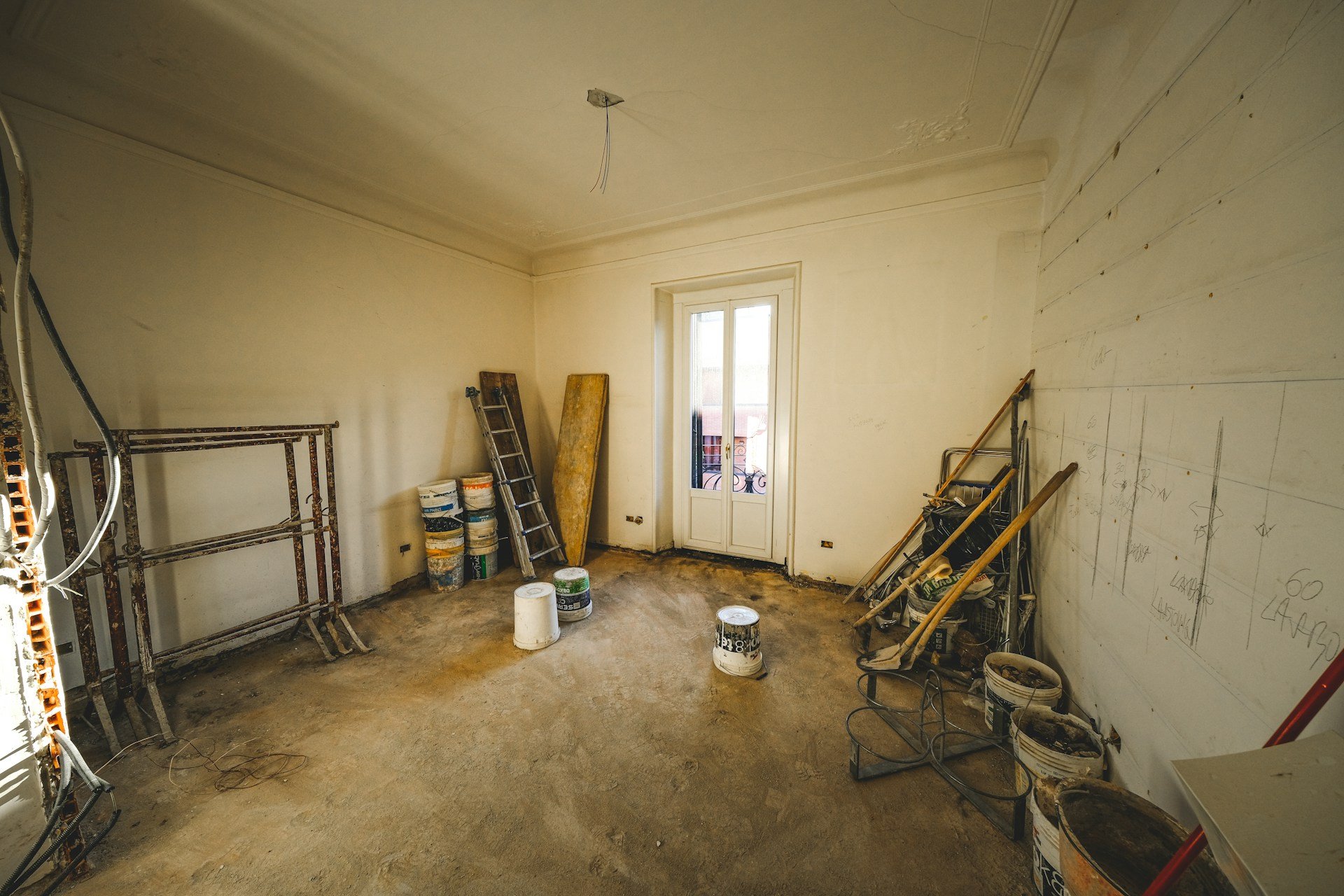Choosing the Best Vanity for Your Bathroom
/Picking the right vanity for your bathroom isn't just about looks. It's about creating a space that's both functional and inviting. Think of how a simple piece of furniture can change the way you use your bathroom every day. Whether you're getting ready for work or winding down at night, the right vanity can make those moments seamless and enjoyable. If you're in Northern Virginia, you'll understand that choosing the right fit is all about balancing aesthetics with utility, making sure it blends perfectly with your home.
A vanity acts as the centerpiece of a bathroom, serving several purposes from storage to style. It’s where you keep essentials neatly tucked away, and it can add a special touch to your room's overall look. Choosing one that's right for your space and lifestyle ensures that your bathroom not only looks great but works perfectly too. Let’s explore what to consider when picking the best vanity for your needs.
Consider Your Bathroom Size
Before you dive into styles or materials, think about the size of your bathroom. The goal is to find a vanity that complements the space without making it feel cramped. Here's how to get started:
Small Bathrooms: Look for compact vanities that offer practical storage without overwhelming the room. Wall-mounted options are excellent for conserving floor space while providing necessary storage.
Medium Bathrooms: These spaces allow for more flexibility. You can choose vanities that offer double sinks or have additional storage options, keeping utility in mind without compromising your preferences.
Large Bathrooms: Larger spaces can accommodate bigger, more luxurious vanities with features like expansive countertops and multiple storage compartments, lending a touch of elegance and convenience.
Maximizing storage is the name of the game, regardless of your bathroom size. Shelves, drawers, and clever organizational tools within the vanity can help keep your essentials sorted, making your morning and evening routines smooth. Ensure that your choice of vanity supports your needs while fitting seamlessly into your bathroom space. With thoughtful planning, achieving both functionality and aesthetics is entirely possible.
Materials and Durability
When selecting a vanity, materials play a crucial role in determining the durability and maintenance level required. Consider the climate in Northern Virginia, which sees a mix of warm, humid summers and colder winters, impacting your choice.
Wood: Timeless and versatile, wood is a popular choice. Consider options like oak or cherry for a traditional feel. However, ensure it's properly sealed to resist moisture damage.
Laminate: This material is budget-friendly and comes in various designs, mimicking wood or stone. It’s easy to clean and stands up well to most bathroom conditions.
Metal: Best for modern looks, metal vanities add a sleek touch. They are incredibly durable but may require more frequent cleaning to avoid losing their sheen.
Each material has its benefits, but durability against moisture should be a top priority. After all, a vanity that lasts saves you time and effort on replacements or repairs. By picking a material that suits your lifestyle and bathroom conditions, you'll ensure that your vanity stays looking good and performing well over the years.
Style and Design Options
Next up, it's time to think about the style and design of your vanity. The style you choose sets the tone for the entire bathroom, so it's important to consider what vibe you're going for. Popular styles include modern, traditional, and rustic, each offering unique charm. A modern vanity often features sleek lines and minimal hardware, lending a contemporary feel. Traditional styles might incorporate ornate details and classic wood finishes, while rustic designs embrace natural textures and earthy tones.
Matching the vanity to your bathroom's overall decor ensures a cohesive look. Imagine pairing a modern vanity with geometric tiles and minimalist fixtures for a cutting-edge modern look. On the other hand, a traditional vanity combined with a classic clawfoot tub can bring an elegant, timeless appeal. Consider what design elements you love and how they align with current trends that local remodelers in Northern Virginia might suggest. Staying on top of trends ensures your bathroom stays fresh while still reflecting your personal taste.
Functional Features to Consider
Functionality is just as important as design, so think about what features will best support your routine. Storage solutions, for example, are key to minimizing clutter. Look for vanities with ample drawers or cabinets to stow away toiletries, keeping your countertop clear and organized. Drawers work well for small items, while larger cabinets can house bulkier items like towels or extra supplies. Integrated features like built-in mirrors add functionality without taking up extra space.
Choosing the right sink style also affects the overall use of your vanity. Undermount sinks give a clean, seamless look while vessel sinks, which sit on top of the counter, can make a bold statement. Consider how each style will fit with your bathroom's layout and how you use your sink daily.
The addition of lighting fixtures can transform your vanity into a well-lit, practical spot for morning preparations or evening wind-downs. Built-in lights around the mirror are especially helpful, providing the perfect illumination for detailed tasks. The idea is to enhance practicality while maintaining style, striking the right balance to meet your everyday needs.
Bringing It All Together
Choosing the best vanity is like putting together a puzzle, with each piece adding to the whole picture. Balancing size, materials, style, and functionality ensures that your vanity isn't just another piece of furniture, but a centerpiece that enhances your entire bathroom experience. By thinking through your daily routines and aesthetic preferences, you'll create a space that both looks stunning and operates smoothly.
With everything in place, your next step is reaching out to a local professional who can help you bring your vision to life. Their expertise and insight can ensure that your new vanity not only fits your space but also matches your lifestyle seamlessly. So go ahead and take the plunge, create the bathroom that complements your home, and enjoy the comfort and style that come with a well-chosen vanity.
Ready to bring your bathroom ideas to life? Trust a skilled local bathroom remodeler in Northern Virginia to guide you through the process. At We Remodel, we're here to help transform your space with the perfect vanity that matches your style and needs. Get started on your dream bathroom today!


